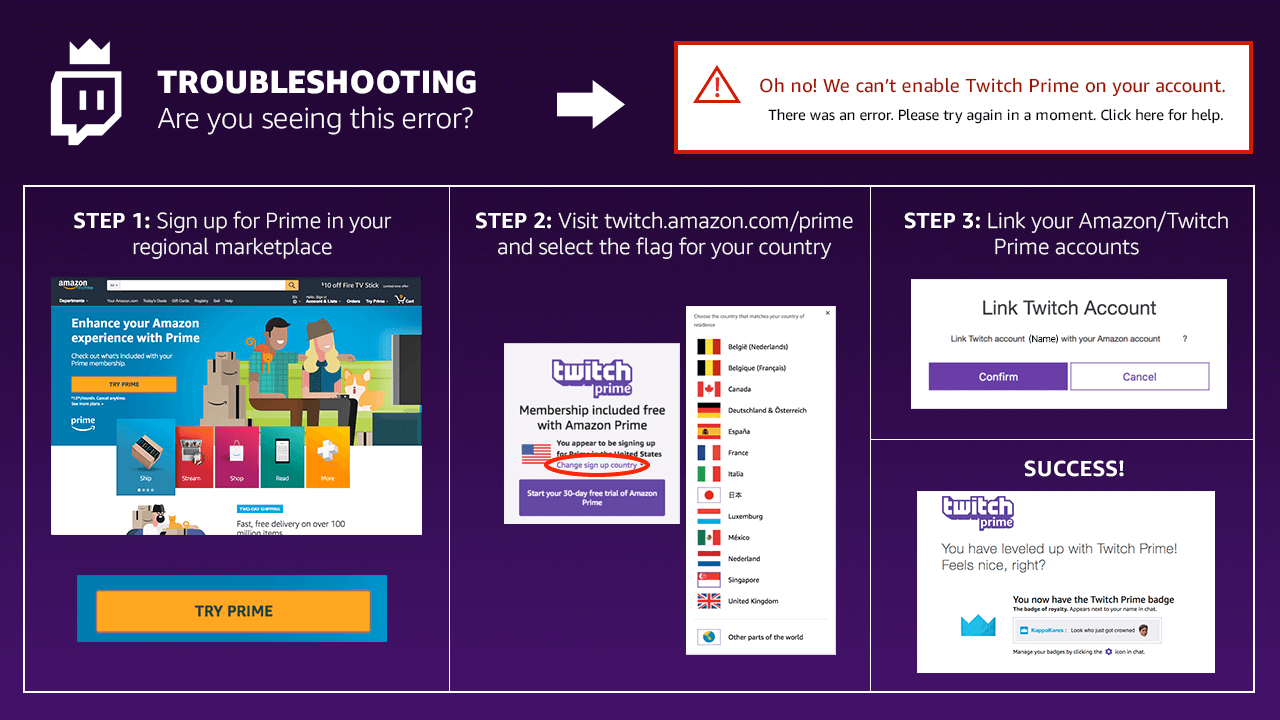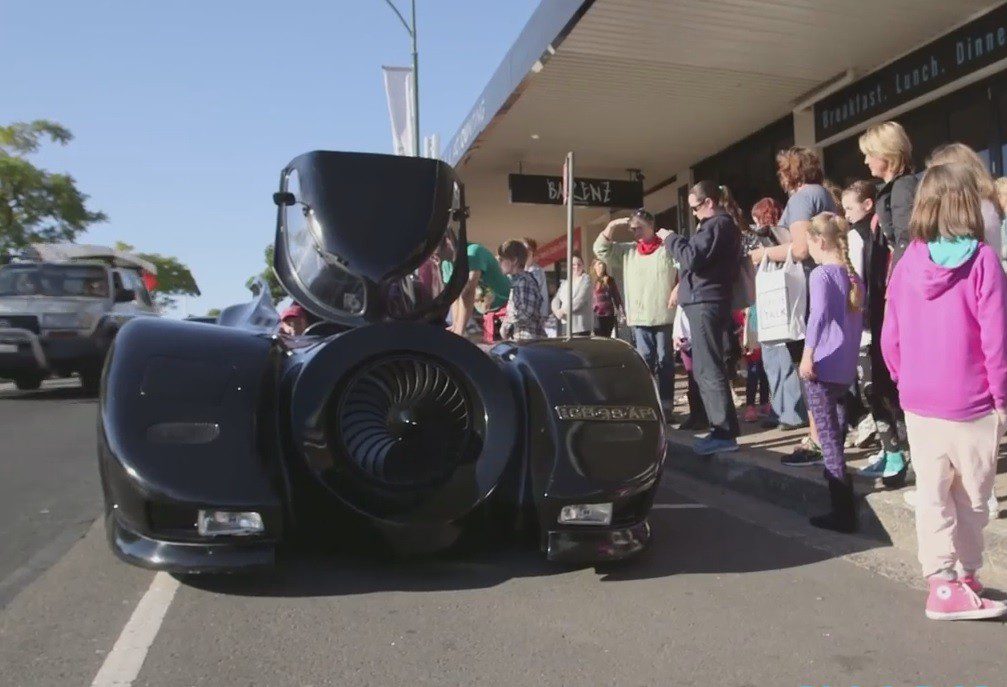Reading Time: 4 minutesTen million people affected. Half a million displaced. Ten thousand feared dead. As the numbers roll in it is becoming clear that typhoon Haiyan, which left a trail of destruction across the central Philippines on 8 November, is living up to its status as one of the fiercest storms ever recorded to hit land.

Now it is being followed by another flood – of information. Disaster relief teams are pouring into the Philippines from all over the world, trying to get aid to victims amid a jungle of severed roads, shattered buildings and downed power and telecommunications lines. But they have a new ally. For the first time, social media is being mined by an army of volunteers to provide aid workers with real-time maps of who needs help, and where.
The Philippines is no stranger to heavy weather. According to the Centre for Research on the Epidemiology of Disasters in Brussels, Belgium, it is the third most disaster-hit country of the past decade – exceeded only by China and the US. Most of its disasters are storms or floods.
And it’s getting worse. „We have had an unusually large number of tropical cyclones this year,“ says Jun Yumul of the University of the Philippines in Quezon City. „The average is 19 or 20. This year 25 made landfall.“ What’s more, weather patterns are changing and sea levels are rising (see „Climate change worsened disaster„, below).

Hazard maps
The Philippines has a huge national programme to cope with the risk of typhoons and flooding – with natural hazard maps distributed and explained. Despite this, people are facing conditions they never experienced before: designated shelters that were expected to withstand the storm collapsed as Haiyan hit. The projected death toll far surpasses the country’s previous deadliest storm – Thelma in 1991 – and previous strongest typhoon, Bopha, just last December.
Delivering aid in such circumstances is always hard. „We’re operating in a relative black hole of information,“ says Natasha Reyes, emergency coordinator for Médecins Sans Frontières in the Philippines. „No one knows what the situation is in more rural and remote places, and it’s going to be some time before we have a full picture.“
That might be changing. These days, a problem facing relief workers is too much information, in too many places and too many formats. The need for triage becomes enormous, says John Crowley of the Harvard Humanitarian Initiative. „A decade ago, disaster relief workers got a few emails a day over sporadic satellite phones,“ he says. „Now the flood of messages reaches one per second, 24/7.“ That’s thanks to emergency telecoms infrastructure, such as the inflatable broadband antennas being deployed in the Philippines by Luxembourg firm, Emergency.lu. Relief workers cannot possibly sift through it all.
Enter MicroMappers’s global network of volunteers. „I had an email last night [Monday] from a relief worker in the Philippines saying they didn’t know what was going on outside the cities,“ says Andrej Verity of the UN Office for the Coordination of Humanitarian Affairs (UNOCHA). Verity sent a real-time map of where people were asking for help and where destruction was greatest, created using data from MicroMappers. „They were ecstatic,“ he says.
Tweet mining
MicroMappers harnesses volunteers who sift through social media coming out of disaster zones. „Anyone can join,“ says Verity. A volunteer is given a few tweets, for instance, tags them according to whether they are requesting or offering help, notes whether the tweets have imagery, and rates the scale of destruction pictured.
Volunteers are also helping to keep maps up to date using OpenStreetMap, which allows expatriates and people in the vicinity to work in a Wikipedia-style collaboration. „As of Monday, we had 770,000 edits of maps of the affected area,“ says Verity. The volunteers fill in roads and details not available on published maps.
The next step will be to create open software that lets relief agencies exchange information and data. „A lot of data is generated about an affected area during a disaster, which just disappears afterwards,“ says Crowley. That includes where and how the destruction happened. Relief agencies cannot share this information as they use incompatible systems.
So UNOCHA is leading an effort to develop a Humanitarian Exchange Language, which will allow data to be shared. This would let groups coordinate their response, see the big picture, and later analyse what happened. Ultimately this trove of data could help efforts to prepare for the next storm, by showing which locations and buildings were most vulnerable. If we can share the data we get from responding to disasters now, it may help prevent disasters in the future, says CJ Hendrix of UNOCHA.
„Collecting and analysing information learned from this event can help build resilient communities,“ agrees Yumul. „But climate uncertainty is a reality, so what we learn from Haiyan may only serve as a guide.“
To participate in MicroMappers efforts, go to micromappers.com
Official Source: http://micromappers.com/
http://www.rappler.com/move-ph/issues/disasters/typhoon-yolanda/43436-crisis-tweets-micromappers-unocha-tagging
http://giscorps.maps.arcgis.com/apps/OnePane/basicviewer/index.html?appid=cf6031322a334cc3bfe3f9a74f23b384
http://www.newscientist.com/article/dn24565-social-media-helps-aid-efforts-after-typhoon-haiyan.html#.UoNRw_lWxcY







